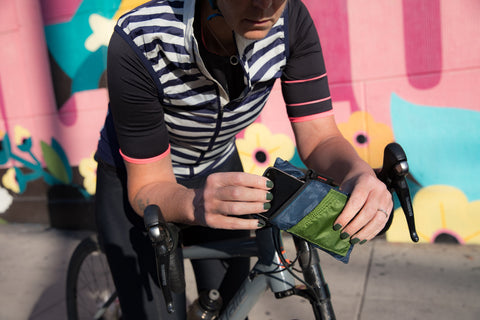
Riding your bike can be anything from urban transportation to a grueling endurance challenge and everything in-between. At its best, cycling is fun and fulfilling; at its worse, cycling is hard and fulfilling. This article will take a look at preparations needed for a long day in the saddle.
The first step is to figure out how far you will be riding and the weather conditions. For example, if you will be riding through places with shops along the route, you don’t have to worry so much about bringing your own food. If the ride is “supported” (a fondo or charity event, for example), tools won’t be such a big concern.
The second thing you will want to do is make sure that you have the right bike for the environment. If the ride is on rough terrain, you’ll need a mountain bike or a hybrid designed for gravel. If the ride is on the roads, you’ll want a road bike, comfort bike, or hybrid designed for distance rides. One of the worst cycling experiences you can have is taking a mountain bike on a distance trip over paved roads.
Next, you will want to make sure you’re keeping yourself hydrated and fueled up for the ride. An adage in cycling says you should drink before you are thirsty, and keeping enough fluids in your system is super important. You’ll either want a camel pack (a backpack that holds water on your back with a tube for drinking as you ride) or add a couple of water bottles on your bike. Learning to drink from a bottle cage without stopping the ride will also prove helpful. But if neither of those solutions works for you, plan to stop often for water, especially if the weather is hot and/or excessively humid.
You must always have a photo ID, a little cash or credit card, and your phone for emergencies, so the Echelon All-Conditions Ride Pouch is critical for your ride basics. Consider a backpack for longer excursions that will allow you to pack some extra water bottles and snacks. This is especially important if you are riding unsupported over large stretches of isolated highway or trails.
In terms of food, consider high protein and high carb items. Fruit and granola (the kind that won’t melt in the heat) make excellent choices.
Next, you will want to bring some basic tools, an extra tube, patch kit, a pump, etc. Check out our past article on it Tool Kit Essentials. Most of this can be attached to the bicycle or placed in a saddle bag. If you prefer to carry your tool kit in your jersey pocket, the Tour de Fierce Cycling Case will hold all you’ll need. Otherwise, it is essential to have a saddle bag with the necessary tools, tubes, etc. Even if you are not a competent mechanic yourself, having the tools available will make it much easier for someone to help you along the way if you need it.
Of course, the greatest device ever invented for bicycling, from a safety and convenience standpoint, may be the cell phone. Bring yours along, fully charged. You might also consider a GPS device. If you have a smartphone with maps and GPS, all the better.
Lastly, bring along your sense of adventure. Distance cycling can be a very fun and rewarding experience, and will definitely leave you with a sense of accomplishment.
Photos: Michael Higgins, Lucian Dachman
Sign up for our newsletter
Stay connected with Fierce Hazel and sign up for our newsletter to be the first to know of new posts, products & promotions.

